Elon Musk calls his Department for Government Efficiency (DoGE) the “wood chipper for bureaucracy.” He’s going to need much heavier machinery. The dysfunction across federal government is now near-impossible to cut through. For decades, these agencies have been allowed for decades to grow larger and become slower, more expensive and less responsive to the taxpayers they allegedly serve.
When you think of a monopoly, you might picture the sluggish service at Blockbuster Video before streaming competitors drove it out of business. Perhaps you think of Detroit’s lousy cars in the 1970s, before Japanese imports captured the market and forced American manufacturers to reorganize and compete.
But most government agencies are monopolies, too, and it is in the nature of all sole providers to cut corners, to get lazy. The only difference is that the federal government isn’t allowed to fail. So what’s the incentive to improve?
If Musk wants federal agencies to act faster, at lower costs, he needs to break up monopoly control. The only want to make good on his “efficiency” remit is to create competition within and among federal agencies and give customers choice among them. The loser must be allowed to fail.
The key is “competition.” Wherever possible, alternatives can be created for the customers who currently rely on a single government agency to provide a vital service. When agencies compete, those that perform poorly should pay a high price, just like poorly performing restaurants, clothing stores, or car companies.
When an agency consistently fails to deliver desired results, its funding and resources should be redirected to a competitor. Within every agency, internal monopolies should be divided and forced to compete with each other. Failure should lead to funding cuts or outright elimination of those subunits. That may not be possible for every government function, but it is possible for many — and it will give the president (or agency leaders) multiple options to solve problems.
Setting up this competitive structure does not require new agencies. There are already too many, often with overlapping functions. What’s missing is an institutional design that forces overlapping units to compete with each other — and to pay a heavy price if they fail to innovate or provide services more efficiently. The goal is not to eliminate redundancy (that would only consolidate monopolies) but to transform it, to make it supple and competitive instead of static and lethargic.
Why not eliminate the redundancy altogether? Because doing so would eliminate competition, reducing consumer choice and efficiency. “Competitive redundancy” creates choice, allows the workflow to go around problems, gives consumers options and generates feedback for agency supervisors.
Here’s an example of how that competition can work. In the mid-2000s, one of the co-authors worked for the US Army Corps of Engineers, Kansas City District. The district provided engineering and construction services to two primary customers. One of them, the US Army, was a captured customer, required to use our services based on the geographic positioning of the installation. The other customer, the US Air Force, could use their own engineers or those from the Army Corps. Predictably, the Army Corps staffed its Air Force projects with its best professionals. Not surprisingly, the Air Force projects tended to have better quality and fewer cost overruns.
Why the different outcomes? The Air Force had a choice. The Army did not. That example could be generalized to many other government services. More choice for customers means better service.
Why not keep the existing system but simply remove the worst employees? That would certainly help, but it wouldn’t solve the systemic problems for two reasons. The new employee (replacing the old, fired one) still lacks powerful incentives to perform better. Furthermore, the system itself is still clogged and slow. That’s not a problem or one or two bad employees. It’s a major obstacle.
All workflow is forced to flow through a single path, with lots of choke-points along the way. If the agency has monopoly control, it has no incentive to identify and remove those obstructions. Competitive redundancy is designed to solve that problem by giving consumers choice and agencies’ incentives to do better or die.
Besides creating sluggish, inefficient workflows, government monopolies make bad outcomes more likely. When agencies aren’t held accountable for poor performance, they find it easy to hire and promote less qualified applicants. The problem is compounded because civil service protections make it extremely difficult to fire the least competent.
Under these conditions, bad employees and sluggish decision-making are insulated from the consequences they impose on everyone else. Taxpayers and voters suffer, along with more competent federal workers, who are trapped in these sclerotic organizations.
To fix these endemic problems, we need both carrots and sticks. That’s the goal of competitive redundancy. It works all across the market economy. We depend on redundancy — and consumer choice — when picking gas stations, grocery stores and employment opportunities. That’s hardly a new point, even if it is missing in today’s government. Adam Smith once defined “wealth” as the “diversity and cheapness of goods.” Providing that diversity through competition will lower prices, increase efficiency, and open a path toward continuous improvement.
How can “competitive redundancy” increase choice and efficiency? It requires four basic features across the government. This includes multiple agencies providing the same service when possible, choice for customers among those agencies, scrapping the poor performing parts of agencies and allowing employees to compete for the top roles across government.
Let’s briefly consider each feature and see how they contribute to competitive efficiency. Redundancy means multiple units pursuing the same task, any one of which can be removed without reducing the performance of the others. The best measure of redundancy is the scope of customers’ choices. Without those choices, you can reliably predict long-term declines in the speed and quality of services and rises in costs. When customers can choose their providers and will pay a price for bad choices, agencies have powerful incentives to provide better options, just as local businesses do.
Empowering the consumer is essential for meaningful competition. The person or company selecting a service will be the one who will suffer the consequences of poor selections. So the agency that offers poor alternatives should be at risk, either for major budget cuts or outright elimination.
Units that cannot attract customers should be periodically dissolved. Units with the best outcomes should be cloned and forced to compete anew. That’s what shipbuilder Henry Kaiser did during World War Two, pitting his operations in Oakland and Seattle against each other.
Government employees should have more choices, too. They should be free to change jobs easily among competing agencies, without a long wait or extensive paperwork. The minute an employee feels trapped or abused by working conditions, she needs only contact one of the competitors. If the unhappy employee and competing organization can agree on terms, the switch should happen with little more than a handshake and a résumé exchange.
Likewise, supervisors at competing agencies should be free to swoop in and recruit the best employees, just as college football teams do through the “portal” and software firms do with the best engineers. Supervisors should have more freedom to ditch the worst employees, too, as long as their decisions are grounded in performance data, not personal pique or illegal discrimination.
Employee mobility will also increase information mobility. In a competitive environment, better techniques spread quickly. In a monopoly environment, they don’t. Instead, there’s an incentive to hide metrics and investigation results and find some poor shmoe to take the blame. That is a recipe for stasis, not continuous, improvement.
Our system is collapsing under the weight of its own inefficiency. Musk knows it, and so must the president, to task the world’s richest businessman to dismantle the monolith. If we condition parts of the federal government to survive on their success, we can achieve miracles. Well, maybe not miracles, but at least better, and cheaper, results.



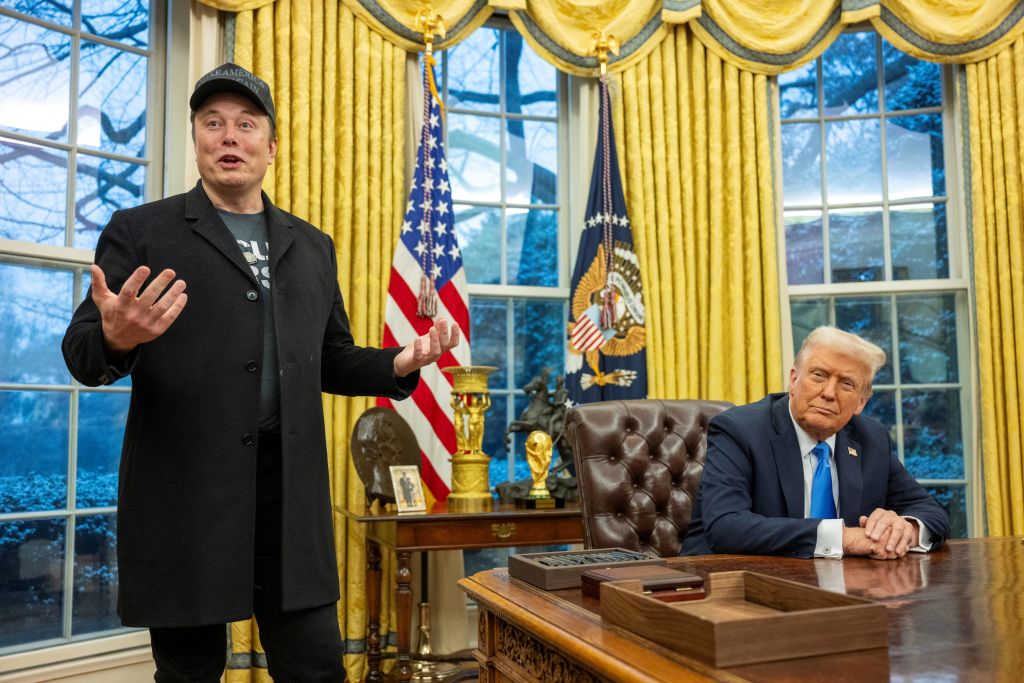






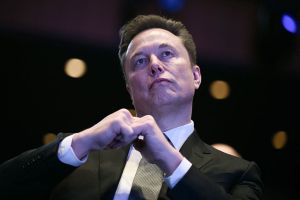
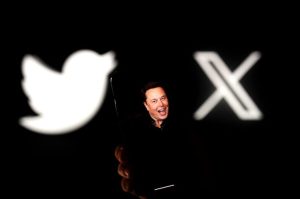

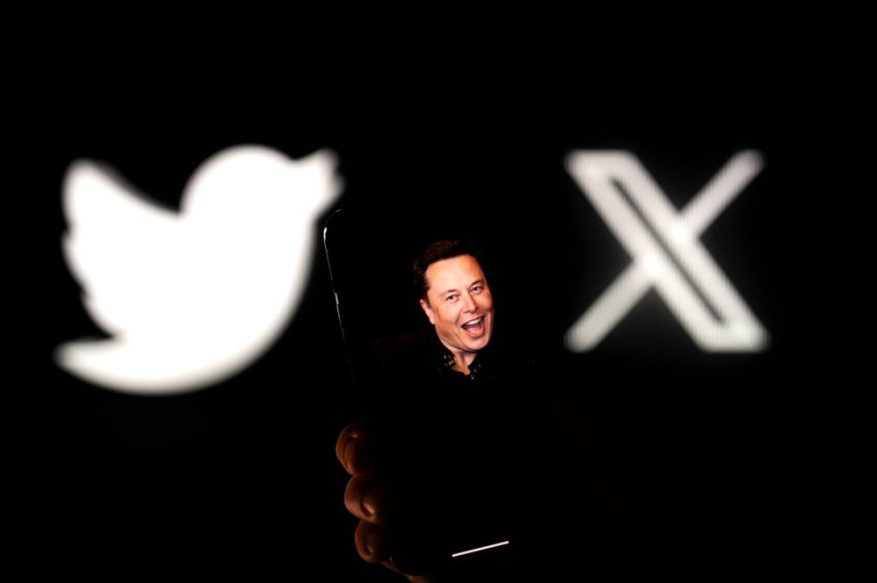

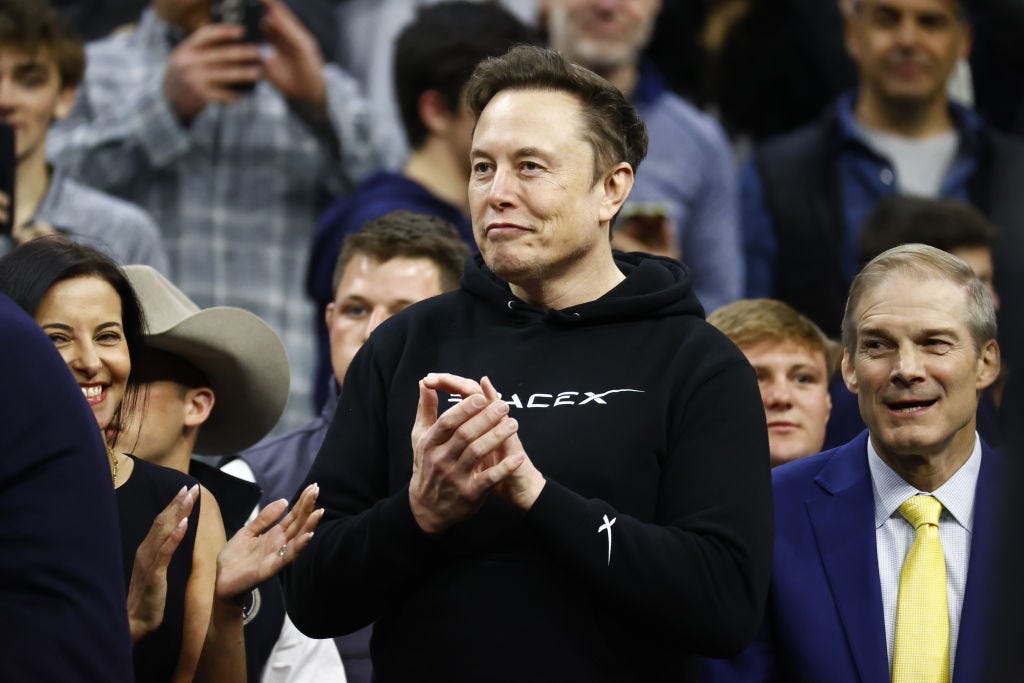

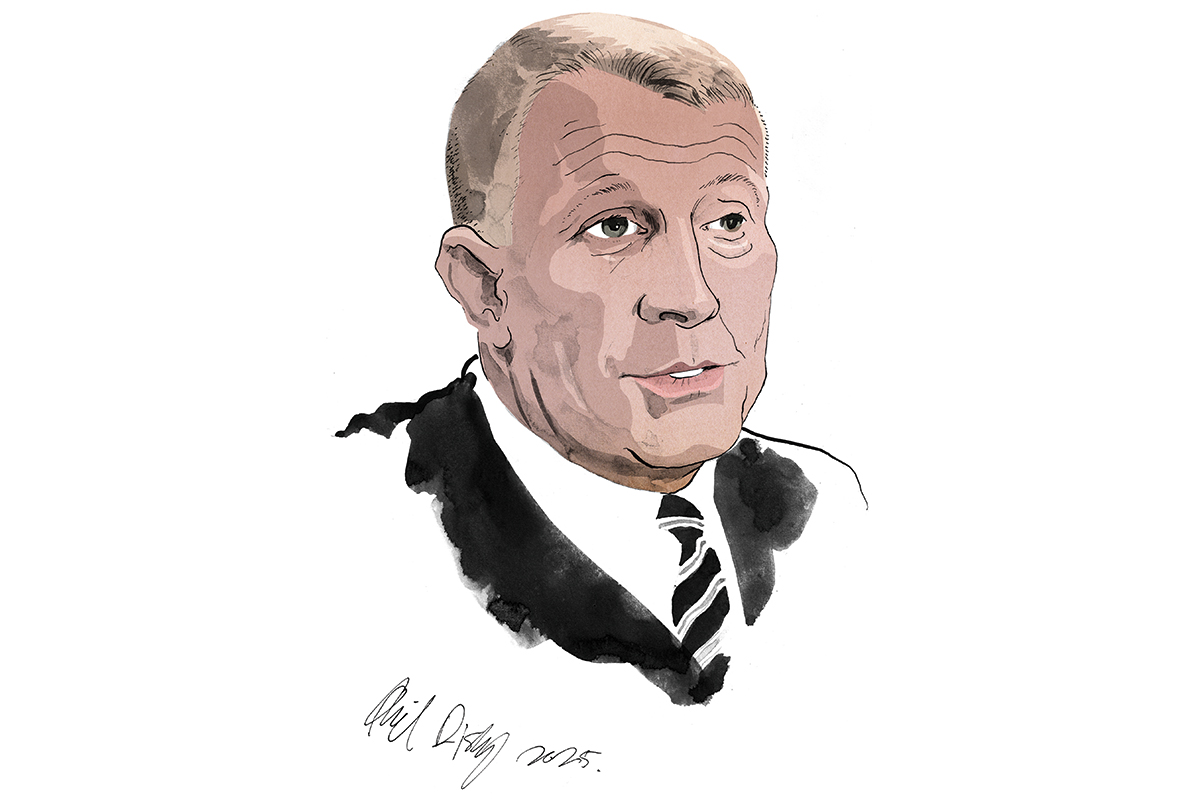
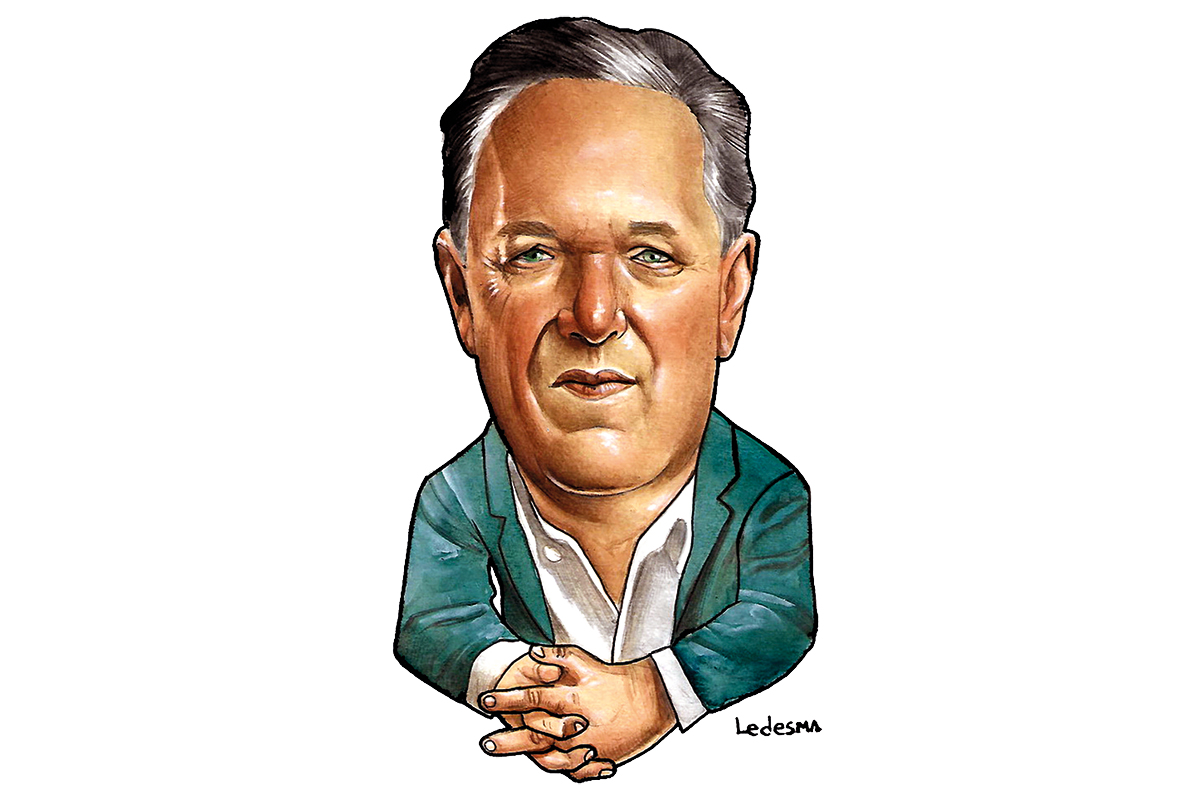

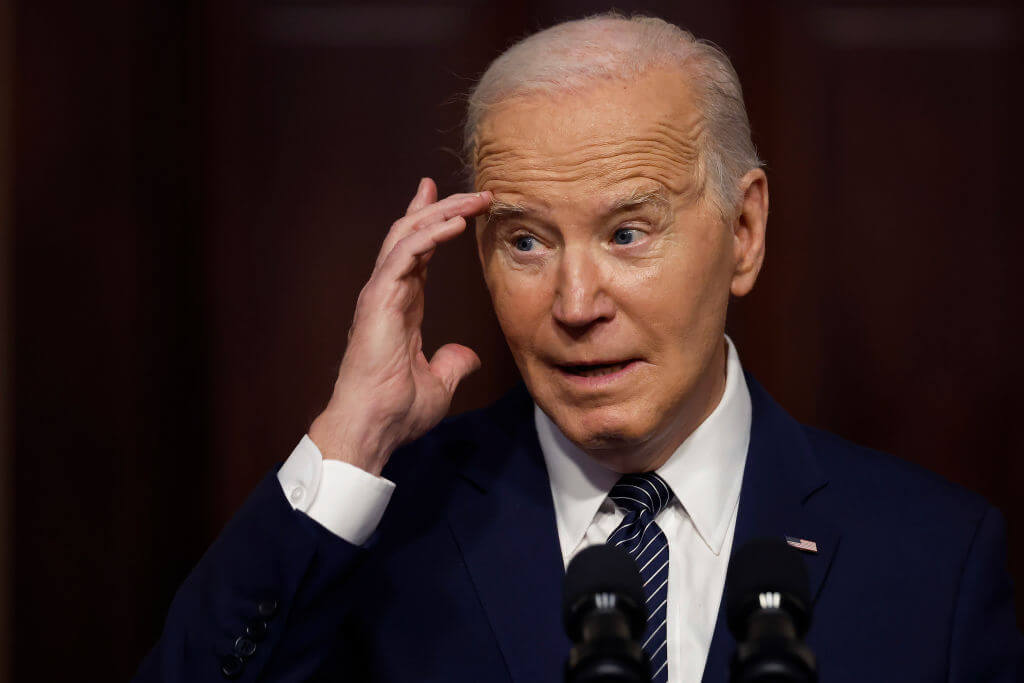



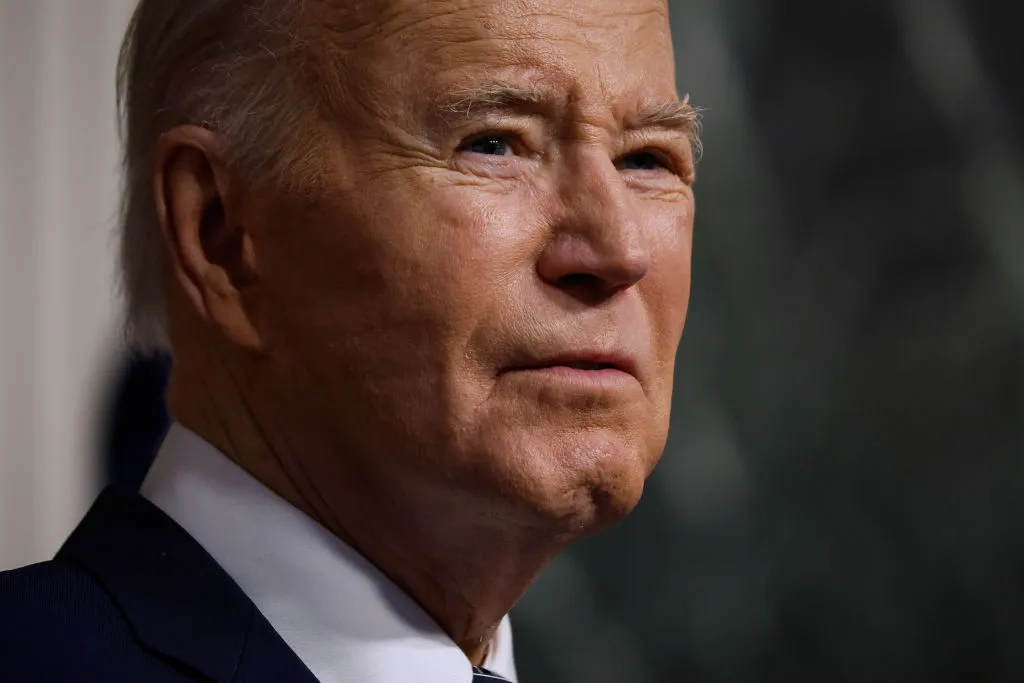

Leave a Reply